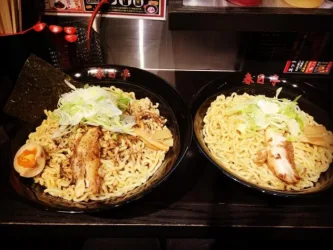
Japanese Food Guide
-

Abura Soba | The best soup-less noodles only available in Japan
Did you know that in Japan, there are many varieties of noodles to choose from? Abura soba is one of those types of noodles that hasn’t yet become famous in the rest of the world, but surely will one day.
-

Hiroshima Style Okonomiyaki | Cuisine loved by the people of Japan
Japan is a country with one of the richest cuisines in the world, with endless dishes to choose from. One of the most popular dishes is the okonomiyaki savory pancake of Hiroshima.
-
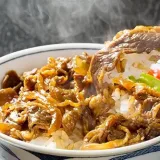
Gyudon Beef Bowl | Exquisite dishes with lavish use of beef
Gyudon beef bowl is maybe not as famous as some other types of Japanese food, but it is definitely a must-try if you come to Japan and you like meat.
-
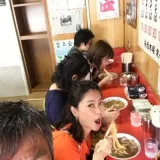
Why Ramen in Japan Is So Delicious and Unique
Ramen became one of the iconic foods from Japan, having gained a lot of popularity outside of Japan in recent years. This is no wonder as ramen noodles are affordable, quick, and delicious.
-
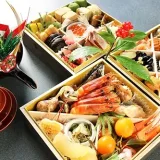
Osechi Ryori | Traditional Japanese New Year’s Dishes
Japan’s traditional New Year’s food osechi ryori has a long history that began in the Heian era, as back in the day it was taboo to cook on the first 3 days of the year.
-

Sukiyaki | A delicious and luxurious dish representing the Japanese winter
Sukiyaki is a typical wintertime dish in Japan featuring beef, tofu, scallions, cabbage, and mushrooms. You can eat it in restaurants, but Japanese people also eat this at home a lot.
-
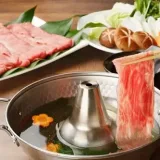
Shabu Shabu – Japan’s New Take on Hot Pot
Shabu shabu is still a relatively new dish. It was inspired by the Chinese-style hot pot that was brought to Japan by a restaurant named Suehiro from Osaka.
-
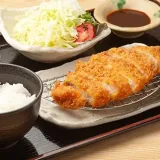
Tonkatsu | A very popular dish among the Japanese
Tonkatsu was invented in the late 19th century and it became a very popular dish in Japan. This Japanese version of the German schnitzel was inspired by a Western food boom in the late 19th century.
-
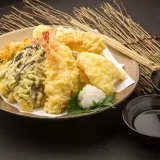
Tempura | A very popular dish among the Japanese
Many people don’t know that tempura is actually not an original Japanese food and that it has a long history. Tempura was first made in Japan in the early Edo period when foreigners could barely enter Japan.
-
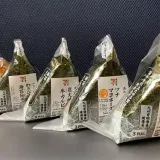
Onigiri | A very popular dish among the Japanese
In Japanese culture, it is important not to waste any food, and the onigiri (rice ball) is a great example of how this goal is reached. Onigiri often features in home-made bento lunch boxes.
-

Oden | A very popular dish among the Japanese, especially in winter
If you want to try something new in Japan that you can likely not find in your home country, you should give oden a try! It is not only delicious but also a healthy and low-calorie option.
-
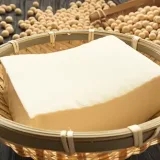
Tofu | A very popular dish among the Japanese
In Japan, tofu has been a part of the menu for many centuries. The rest of the world is now also catching up, as there are great health benefits to eating tofu.
-

Kaiseki Cuisine | A very popular dish among the Japanese
Kaiseki ryori is not just a meal, it is a quintessentially Japanese experience. Often served in ryokan as a part of your stay there, it is a multi-course high-end meal that tries to incorporate the locality and season as best as it can.
-
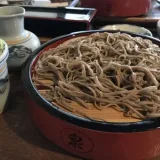
Udon and Soba | representative of Japanese food
Udon and soba are two lesser-known types of noodles from Japan, even though they have deeper Japanese roots than the popular ramen noodles. What are udon and soba?
-

Yakitori | A very popular dish among the Japanese
Just like most Japanese dishes based on meat, yakitori also doesn’t have a long history because Buddhism made eating meat a no-no. How did this locals’ favorite develop, and which variations are there?
-

Miso (Fermented Soybeans) | Rich in nutrients and full of flavor
Japanese cuisine is known for its mild but specific flavors, and miso (fermented soybeans) is one of its main components. Learn more about this versatile condiment!
-

Bento Boxes | A box full of deliciousness and love
Bento is the Japanese word for a meal served in a box. Bentos form an integral part of Japanese food culture, which cannot be simply traced from a packed meal.

